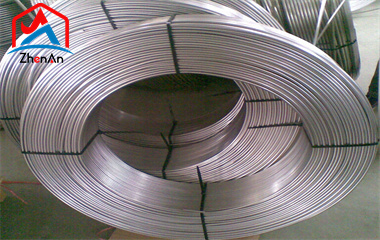The Role Of Ferrosilicon Balls
Ferrosilicon balls, which are pressed from ferrosilicon powder and ferrosilicon grains, are used as a deoxidizer and alloying agent in the steelmaking process and should be deoxidized at a later stage of steelmaking to obtain steel with qualified chemical composition and to ensure the quality of the steel.
Read more

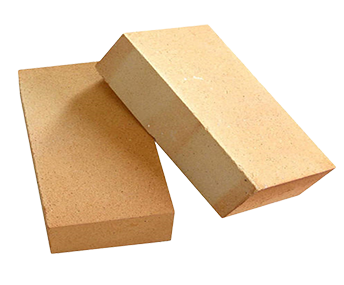
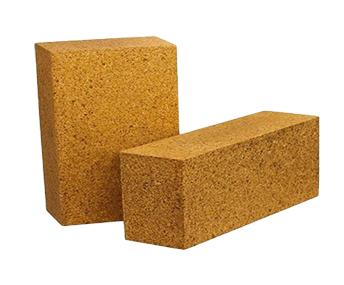
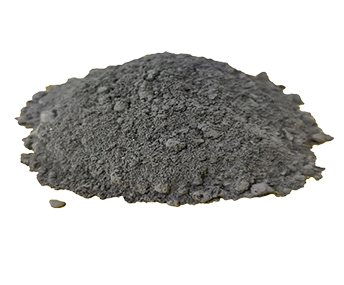
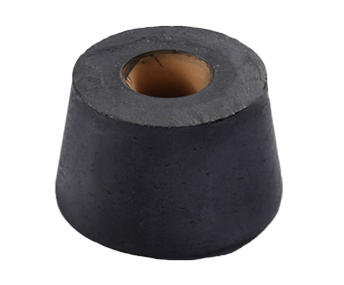
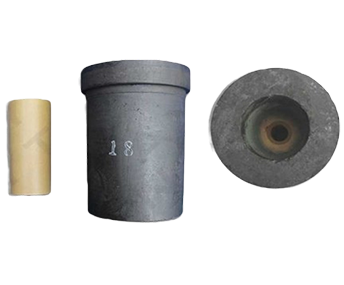
.png)
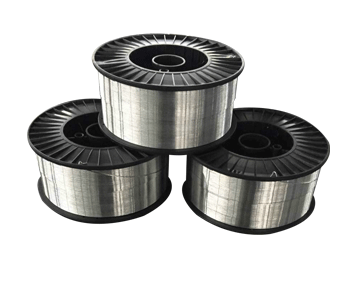
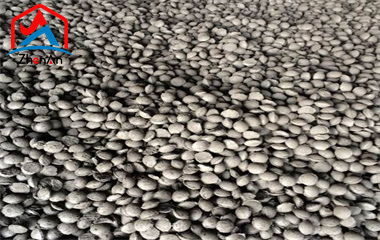
.jpg)
